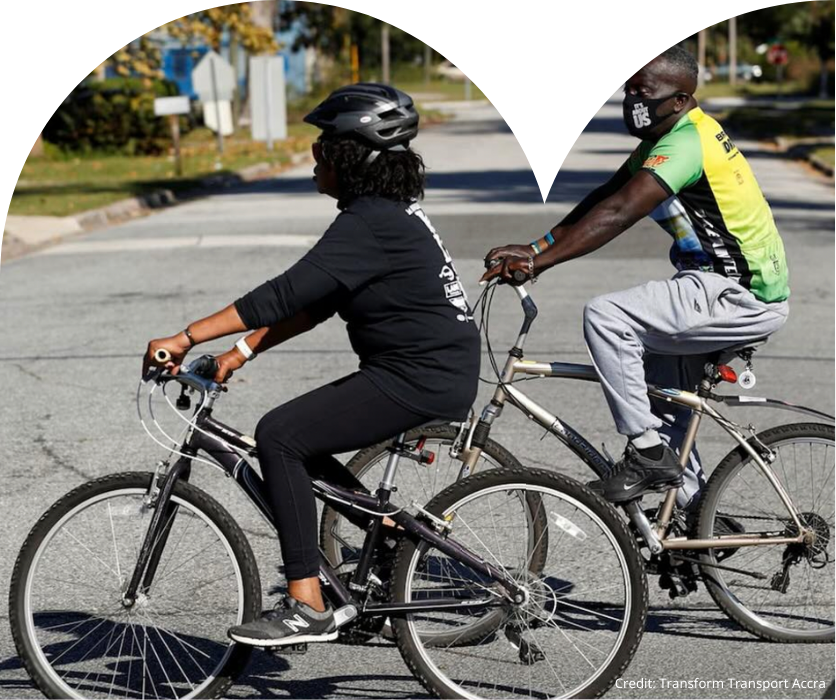Air pollution in cities
The climate crisis
Air pollution and climate change are deeply connected, with the burning of fossil fuels emitting toxic air pollutants and most energy-related greenhouse gas emissions. Cities are responsible for 70% of these emissions and home to over half the world’s population, leaving urban residents disproportionately affected by polluted air. Yet cities also hold the solutions. By cleaning the air, Breathe Cities aims to not only improve urban health, but also address the root causes of pollution, paving the way for a more resilient future.


Cities and climate change:
closely connected
The dense concentration of people, vehicles, industrial facilities and construction projects in cities creates hotspots for poor air quality and planet-warming emissions. In cities around the world, the people who contribute the least to air pollution and greenhouse gas emissions are often the most exposed and most affected by toxic air and climate change.
Cities are especially vulnerable to the consequences of a warming world, such as sea level rise, floods, droughts, wildfires, storms and tropical diseases. These affect their ability to provide key services, infrastructure and housing and cause untold harm to human livelihoods and health.
Urban areas are responsible for around 70 percent of global carbon dioxide emissions, and our cities are still growing. These emissions are driven by transport, buildings and energy production – much of which relies on burning fossil fuels. Today, nearly everyone who lives in a city is breathing toxic air that harms their health and our planet.

How fossil fuels
drive air pollution
and the climate crisis
Burning fossil fuels is a key driver of climate change and air pollution. More than 8 million people die each year from breathing air that contains particles from burning fuels like coal, petrol and diesel. These aggravate respiratory conditions and can lead to lung cancer, heart disease, strokes and early death.
People in low- and middle-income countries are most affected by toxic air, with 97% of cities in these countries experiencing unsafe levels of pollution.
This is already a major public health issue, but with the percentage of people living in urban areas expected to rise from 55% now to 68% by 2050, this is likely to get worse – unless we can clean our air.

Solutions for cleaner air
and the climate emergency
Estimates suggest that if we meet the goals of the Paris Climate Change Agreement, we could avoid 1.18 million deaths from air pollution by 2040.
Not all climate solutions automatically clean the air. But cities can take advantage of many benefits for their residents by prioritising those that intentionally tackle climate change and air pollution and improve health and well-being together. Exact solutions can vary according to the unique needs of each city. They can include replacing fossil fuel-based power with renewables, prioritising cleaner public transport, improving walking and cycling infrastructure to make it more accessible and inclusive, reducing waste burning and improving how waste is managed or cutting industrial emissions.
In the face of severe climate impacts and dangerous levels of air pollution, cities have a clear opportunity to put in place powerful solutions that can address climate change and improve public health. By working together for clean air, we can tackle the climate emergency and create a healthier, more inclusive and thriving future for the millions of people who live in cities.







